йЗСжЫЬжЧ•, 3жЬИ 2nd, 2012...8:39 AM
Hiroshima Guide Part 2
Reading time: About 3 minutes
Hiroshima Guide Part 2Shukkei-en (a historic Japanese garden located in Hiroshima)
Entrance
Shukkei-en is a garden which served as a villa for a historical Japanese family. It was constructed in 1620, and opened to the public and donated to Hiroshima Prefecture in 1940. The garden is also nearby the Hiroshima Prefectural Art Museum.
View in the garden
Kiku flowers blooming
The garden was created in the image of China HangzhouвАЩs west lake. The central area of the garden has a large, Chinese style stone bridge connecting to the lake. Beautiful flowers bloom, creating a bright and cheerful scene for everyone to enjoy.
Hiroshima Palace
Hiroshima Castle was originally built in the 1590s, but during the atomic bombings it was destroyed. In 1958 the castle was rebuilt, but only a portion of it was reconstructed. The original castle was made out of wood and had a south and east wings. The new castle features only the main tower, which stands five floors high. It was also made out of reinforced concrete rather than wood. Over time portions of it have been rebuilt using wood and old-fashioned methods. The surrounding moats have also been buried, and only the inner moat still exists.
Hiroshima castle
Hiroshima Palace was also called Rij≈Н (lit. carp). Because of this, the professional baseball team of Hiroshima is called Hiroshima Toyo Carps.
Hiroshima Citizen Baseball field
The Hiroshima Citizen Baseball field was located in front of the Hiroshima Palace, but it was moved near over to Hiroshima station, nearby Matsuda Stadium. In the photo above it was under construction.
Near Hiroshima Palace area there are also many art museums.
Aru Hiroshima Art Museum in front of the Hiroshima Palace
Memorial Cathedral for World Peace
The Memorial Cathedral for World Peace is a Catholic church which was reconstructed after the bombing by Hugo Lassalle, who was the original Parish priest of the church. He survived the bombing and dedicated himself to rebuilding the church after the war. The church is a memorial for the victims of the bomb, and a place to pray for world peace.
The Memorial Cathedral for World Peace is located about 15 minutes, by walking, from Hiroshima Palace.
Outside the cathedral
Inside the cathedral
The building is very unique in the sense that it incorporates Japanese elements, yet it has the feeling of a strong religious sanctuary. The feeling inside is very solemn, and the atmosphere is a bit heavy. The structure is very strong and modern, but the subtle Japanese elements bring a special element into place.
The church roof
On the top of the cathedral, there is the sculpture of a phoenix bird.
The church entrance gate
The entrance gate to the cathedral was made in the image of a shrine tori gate, incorporating a traditional Japanese element into the architecture.
Hiroshima Station
Hiroshima station is located about 15 minutes, by walking, from the Memorial Cathedral for World Peace.
The famous okonomiyaki restaurant, Hassou, is easy to find on your way to the station. It opens at 4:00 pm, and just a few minutes after opening it is usually full of customers.
People often have to wait outside in a long line, sometimes for up to 30 minutes and then again inside as well.
Cooking okonomiyaki
Soba-buku-dama (Okonomiyaki with noodles, topped with white onions)
The okonomiyaki made in this restaurant claims to be twice the size of okonomiyaki sold in other restaurants. The outside is fried and crispy, and the inside is soft and warm. This okonomiyaki was made with the skills of a professional.
Customers waiting in line









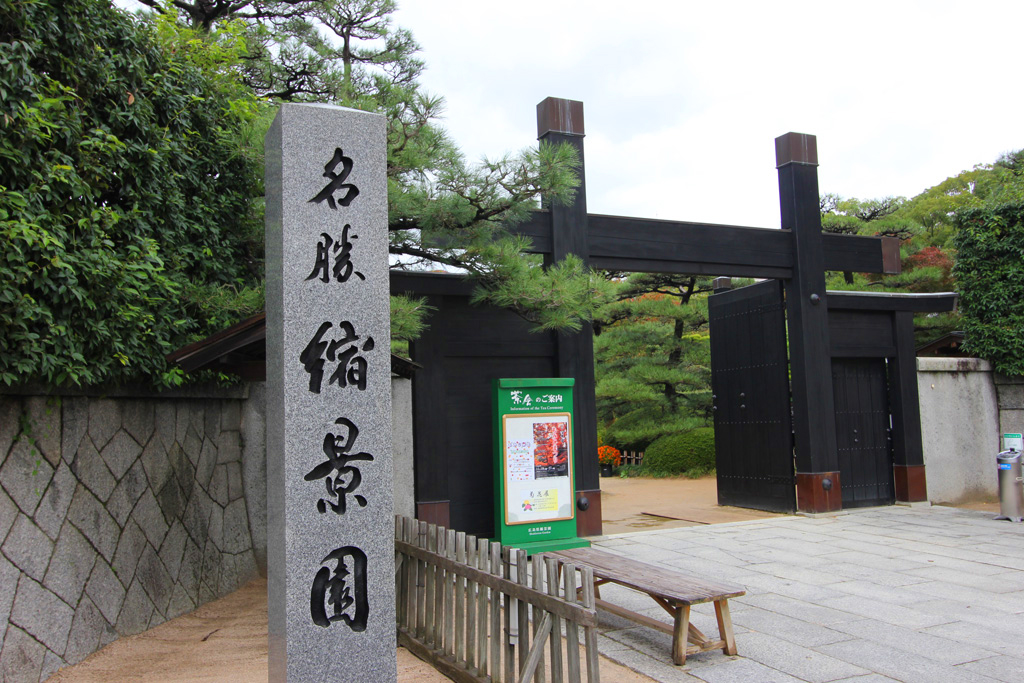
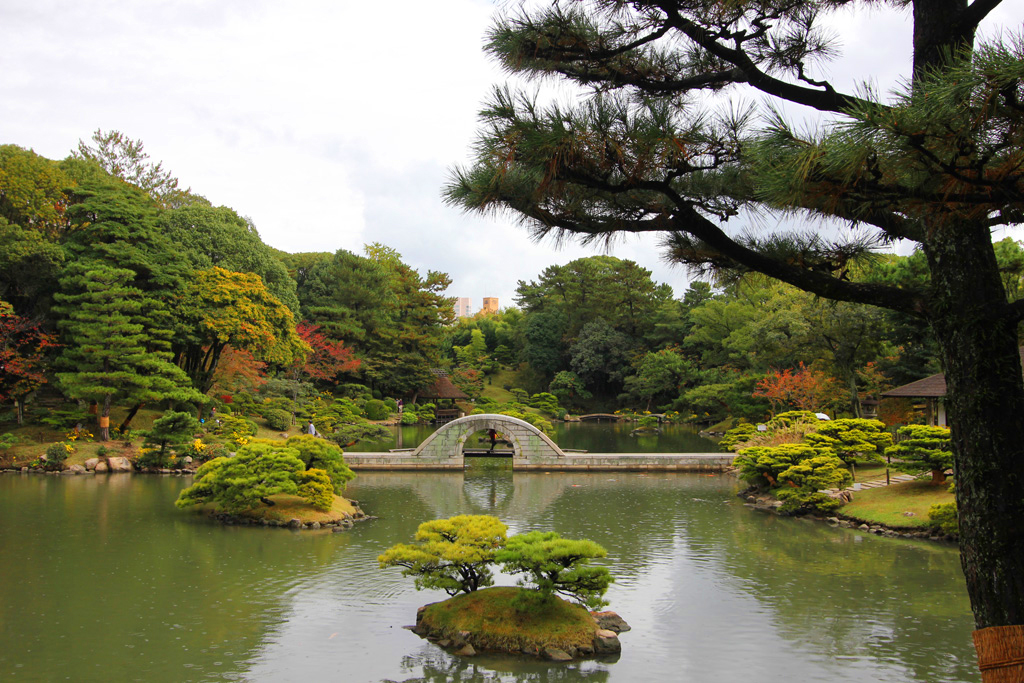
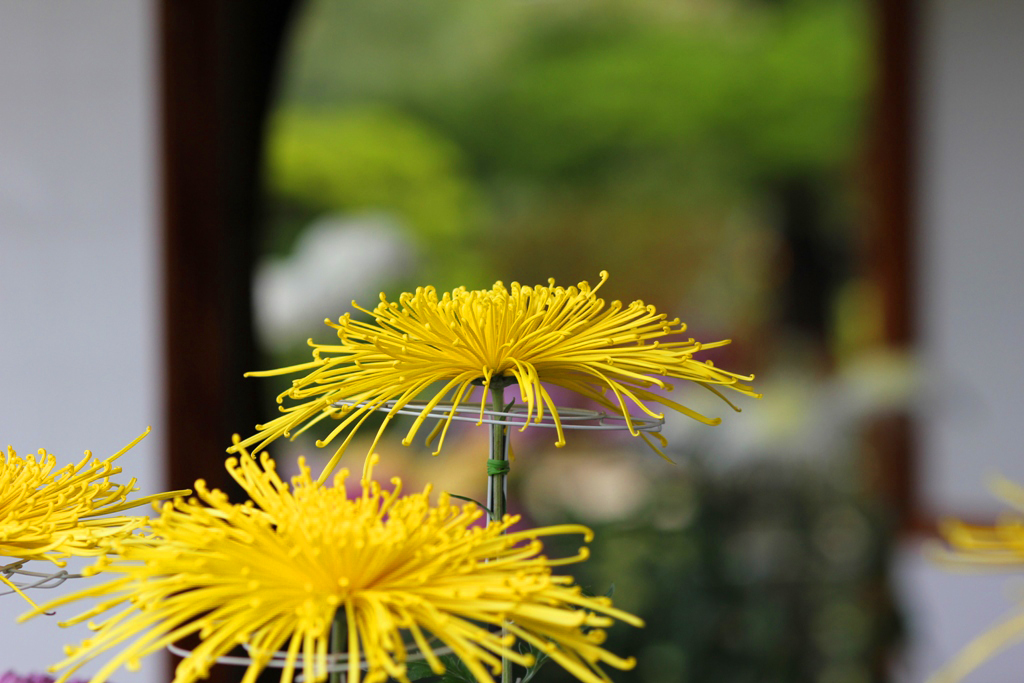
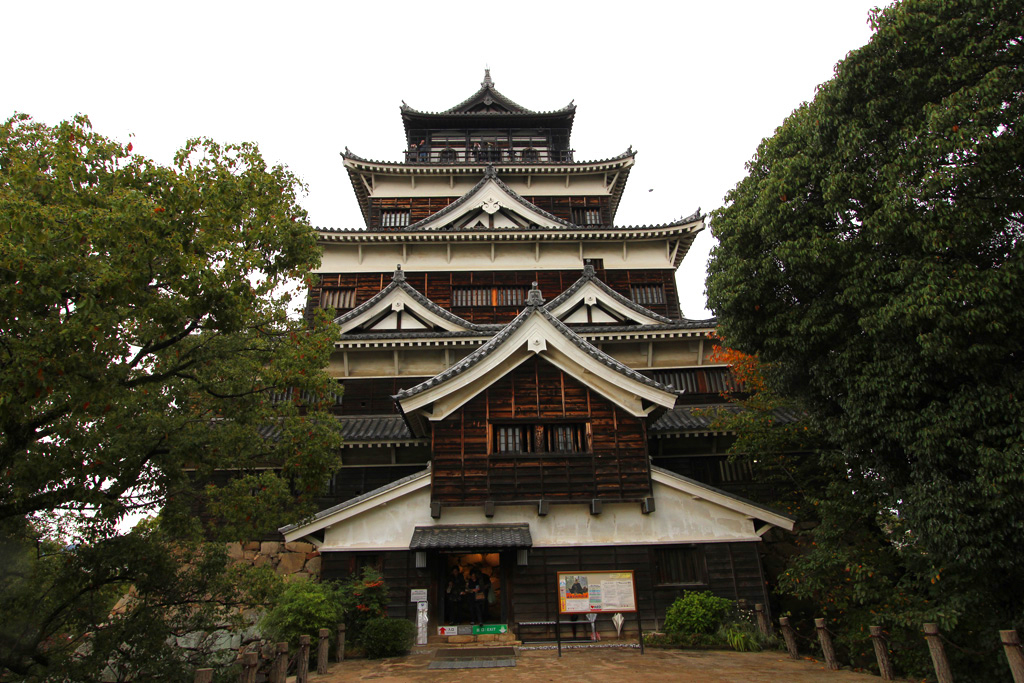

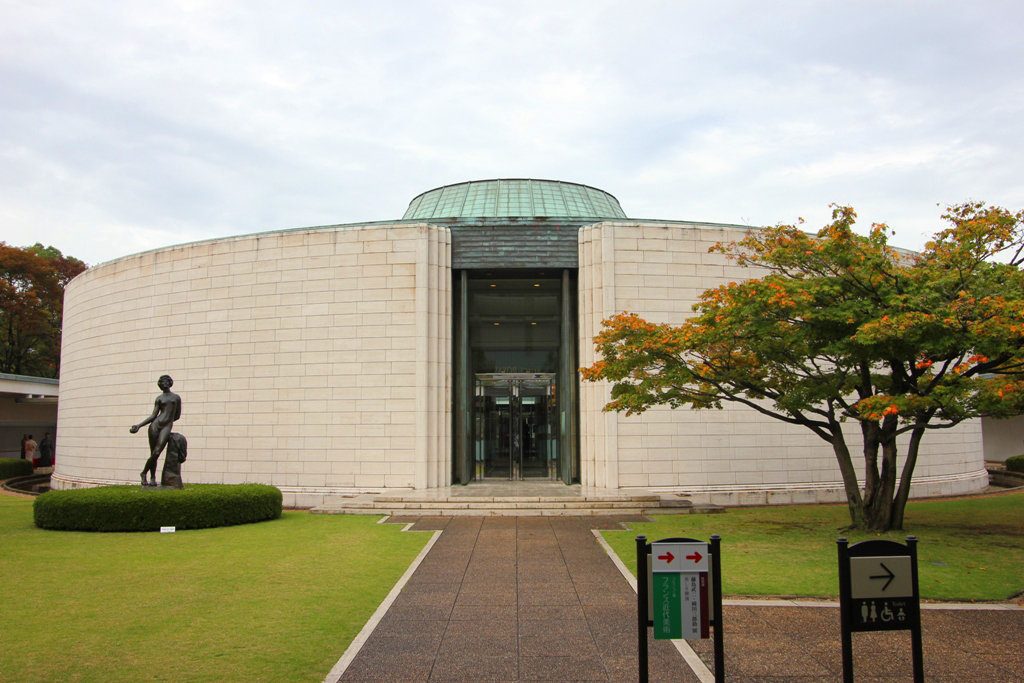
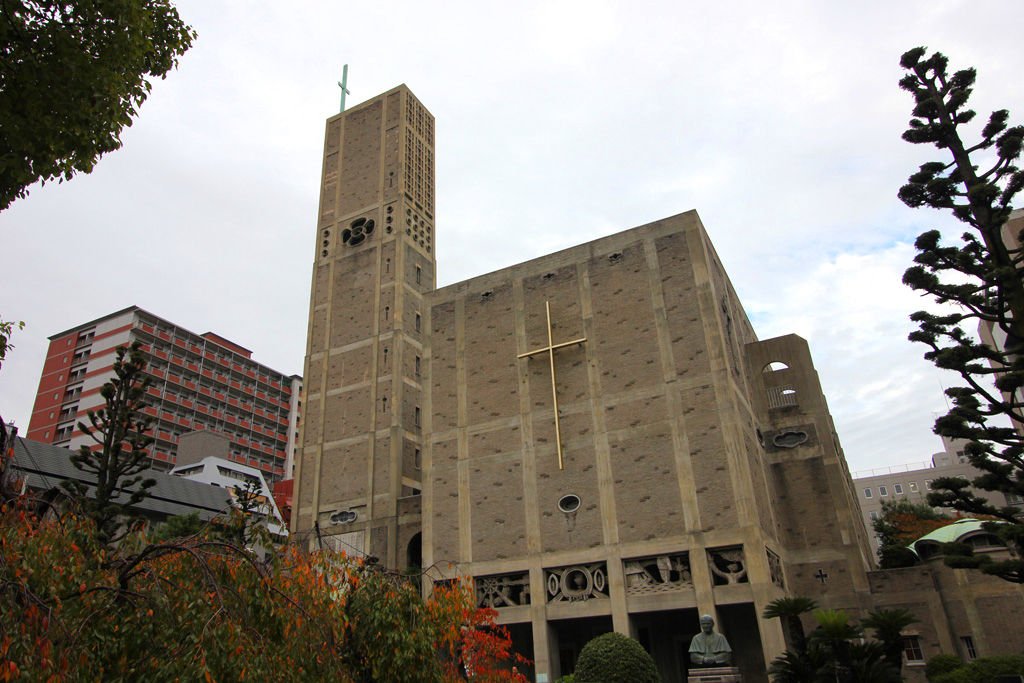

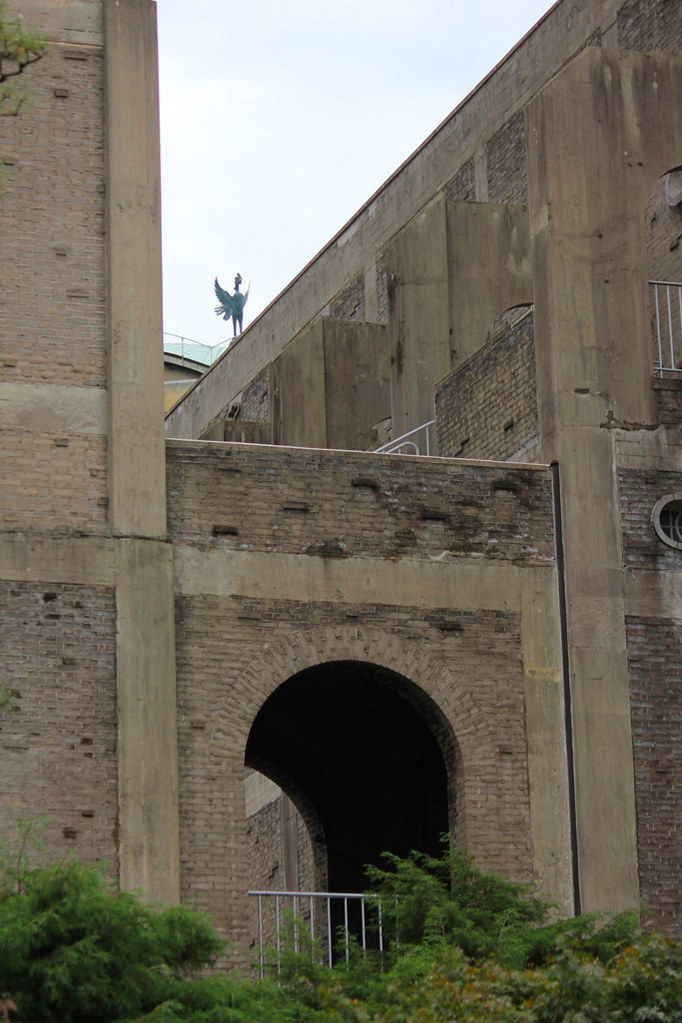
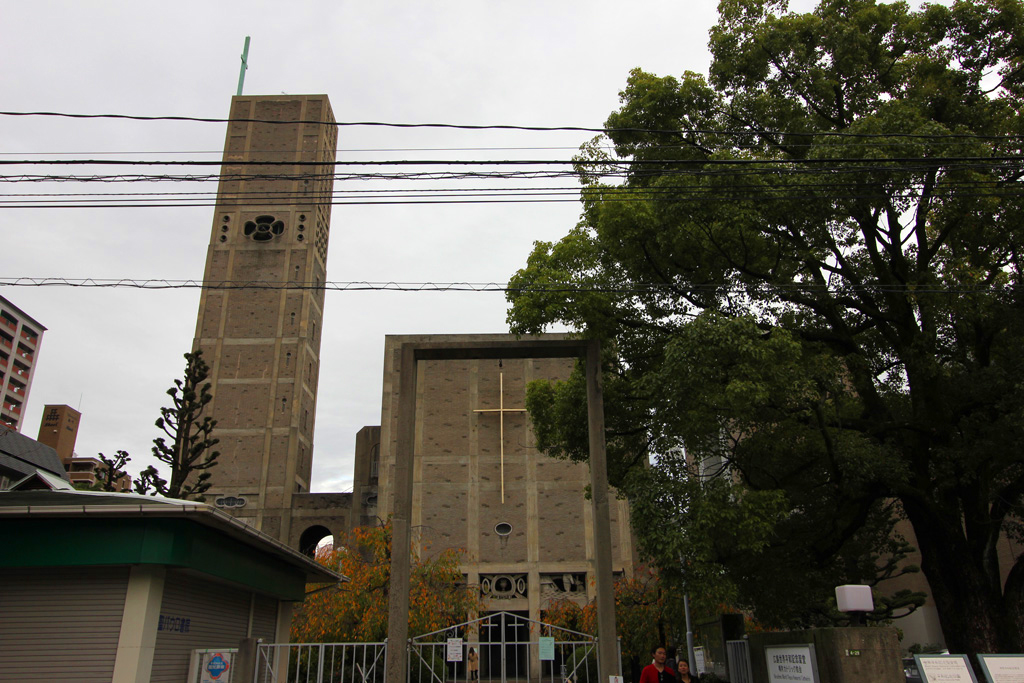
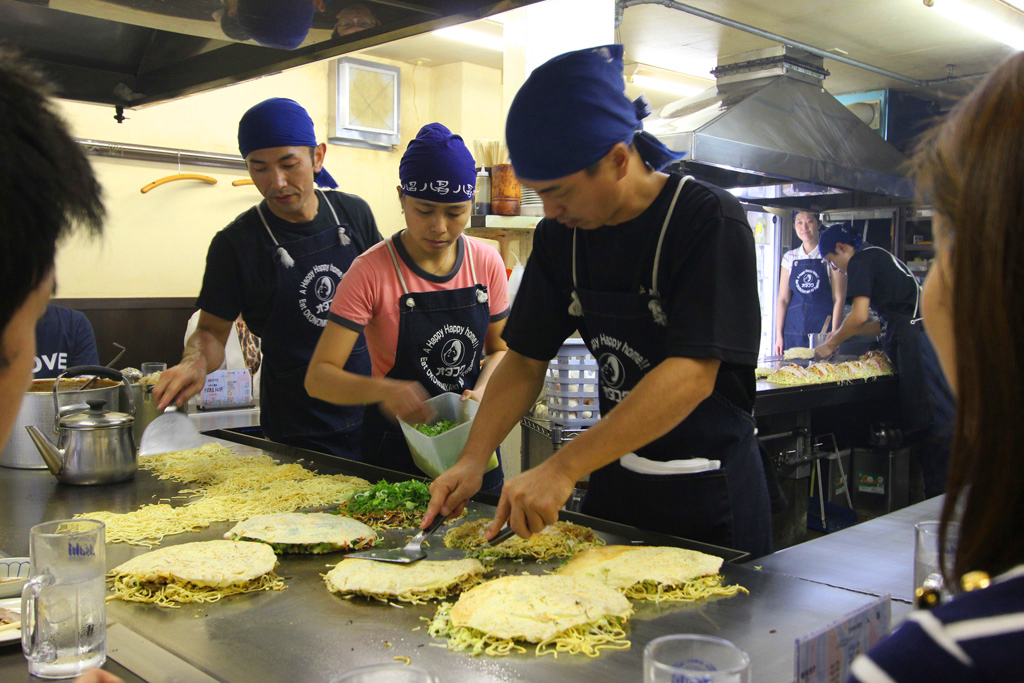
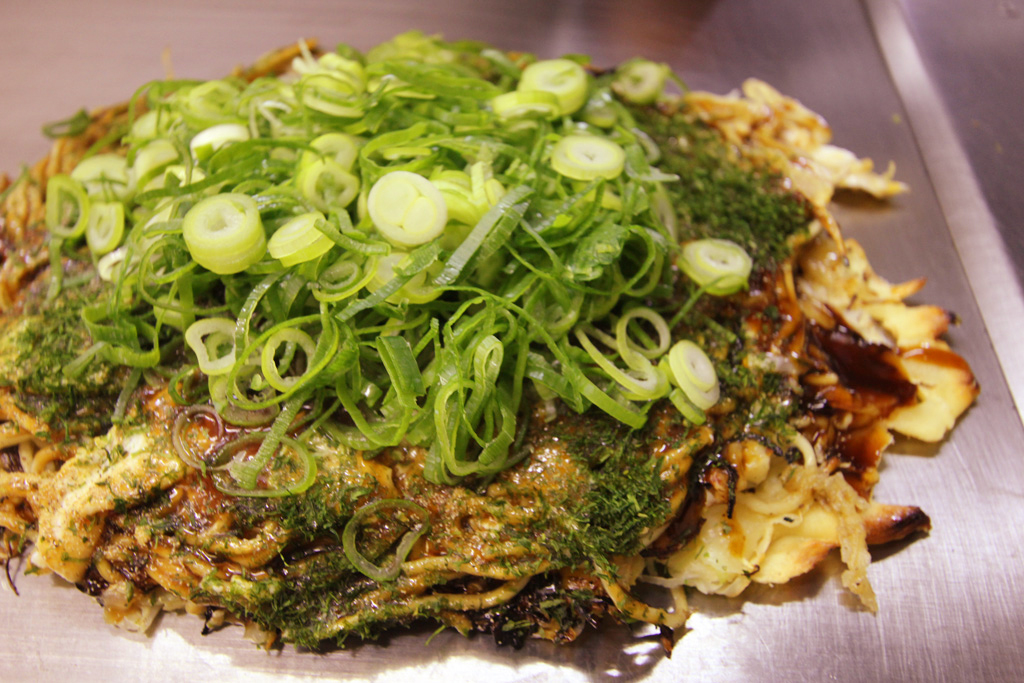
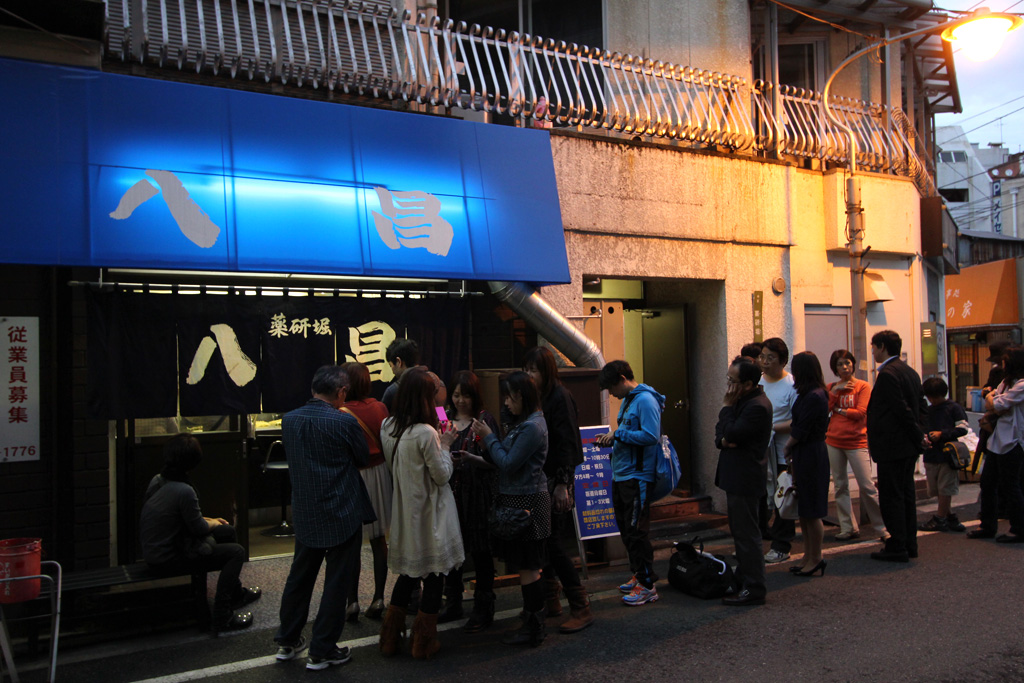











Leave a Reply